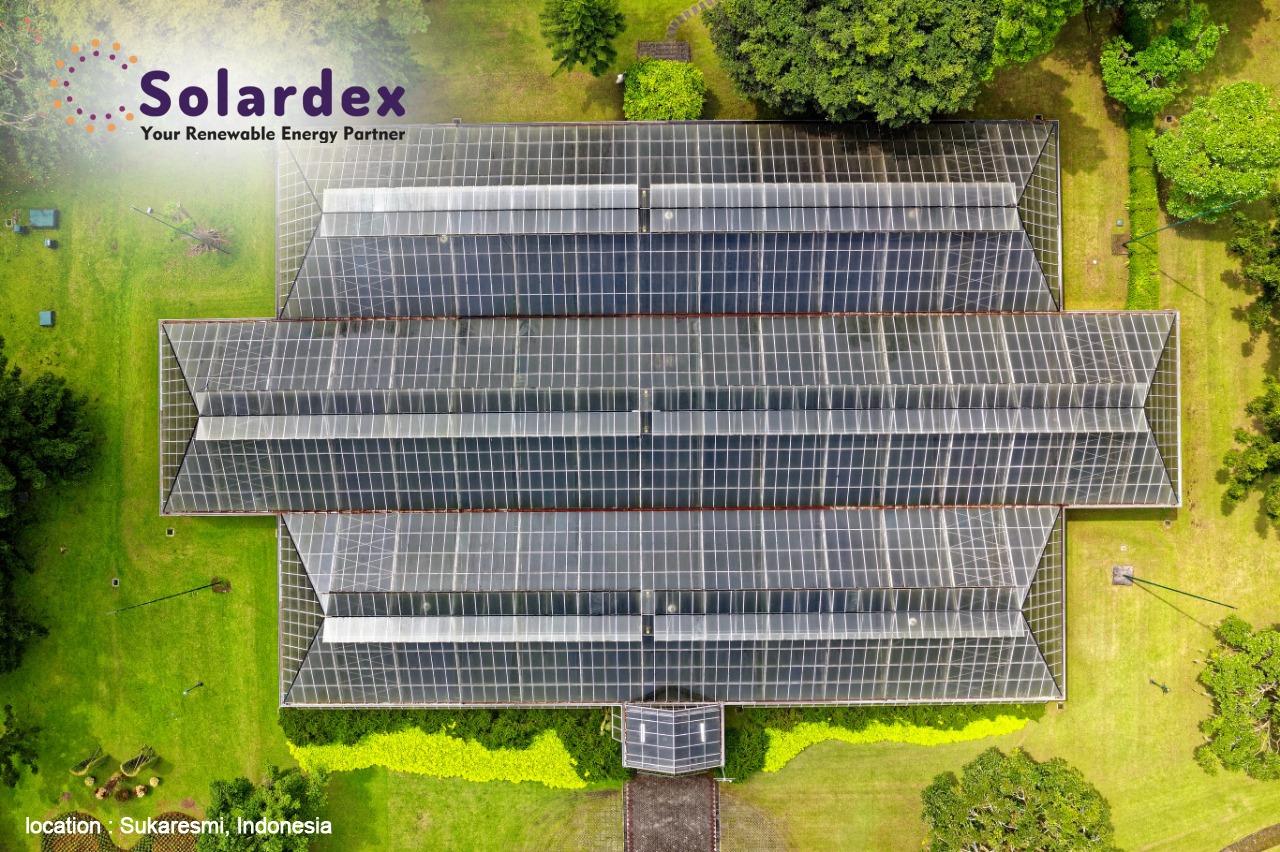The Minister of Energy and Mineral Resources (“MEMR”) has decided to lower the monthly capacity charge payable by PLN’s industrial customers who want to have their own rooftop solar projects to supplement their electricity supply.
MEMR Regulation No. 16 of 2019 on the Second Amendment of Regulation No. 49 of 2018 on Utilization of Rooftop Solar Power Plants System by PLN’s Customers (“Regulation 16”) slashed the amount of capacity charge to 1/8 of the original amount under the previous regulation.
Before the issuance of Regulation 16, PLN industrial customers that had rooftop solar projects were subject to a monthly 40 hours capacity charge, which is the same amount payable by PLN’s customers that have load based captive power plants. This capacity charge was considered by PLN customers to be commercially not viable; the good news now is that Regulation 16 has cut the capacity charge to only five hours.
Background
In late 2018, the MEMR issued Regulation No. 49 of 2018 on Utilization of Rooftop Solar Power Plants System by PLN’s Customers (“Regulation 49”). Despite significant interest from corporate buyers and solar developers seeking to build rooftop solar projects in Indonesia, there has been little progress since Regulation 49 was issued.
One of the main issues hampering the development of rooftop solar projects in Indonesia is the amount of capacity charge payable by PLN’s industrial customers to PLN if they want to have on-grid rooftop solar projects. Regulation 49 states that these customers will have to pay a capacity charge and an emergency energy charge to PLN in accordance with the prevailing regulations. These charges are not applicable for PLN’s household and commercial (i.e. non-industrial business) customers with rooftop solar projects.
Under MEMR Regulation No. 1 of 2017 on Parallel Operation of Power Plants with PLN’s Electricity Network (“Regulation 1”), any plant that operates in parallel with PLN’s electricity network is subject to the following monthly capacity charge:
Total Net Dependable Capacity of the plant × 40 hours × applicable electricity tariff
The “applicable electricity tariff” is the electricity tariff charged by PLN to the relevant customer under the prevailing regulations.
The 40-hour capacity charge is applicable regardless of the type of the plant. This means that a PLN industrial customer with a rooftop solar power plant will have to pay the same amount of capacity charge as any other PLN customers that have a captive load based (e.g., coal or gas) power plant. However, Regulation 1 allows PLN to determine a lower capacity charge without having to obtain MEMR approval.
What’s New
Regulation 16 now stipulates that PLN’s industrial customers with on-grid rooftop solar projects are subject to the following monthly capacity charge:
Total capacity of inverter (kW) x 5 hours x applicable electricity tariff
The change to 5 hours appears to take into account the daily peak sun hours in Indonesia (around three hours) compared to load-based power plants (which can operate up to 24 hours per day).
Regulation 16 also provides that PLN industrial customers with rooftop solar projects will not be subject to another component of the parallel operation charges, namely the emergency energy charge. The imposition of an emergency energy charge for rooftop solar projects in Regulation 49 in the first place did not make any sense considering the intermittent nature of solar projects. The emergency energy charge payable by PLN customers under Regulation 1 was essentially a premium tariff that had to be paid every time the customer’s captive power plant tripped or had emergency maintenance, requiring the customer to take additional power from PLN for that period.
Conclusions
The MEMR’s decision to lower the capacity charge in a ministerial regulation and to eliminate the emergency energy charge demonstrates that the Government is committed to doing more to support renewables in Indonesia. Particularly as the regulation follows on the heels of another amendment to Regulation 49, which removes the requirement to obtain a captive electricity license (known as izin operasi) and an operation worthiness certificate for captive power plants with a capacity of 500 kVA or less. With more companies pledging to rely significantly, or entirely, on renewables, hopefully this regulation will encourage the development of more rooftop solar projects in Indonesia.
Click here for link ( Indonesia: Government Finally Lowers Capacity Charge for Industrial Rooftop Solar Projects )
Click here for download article ( Indonesia: Government Finally Lowers Capacity Charge for Industrial Rooftop Solar Projects )


